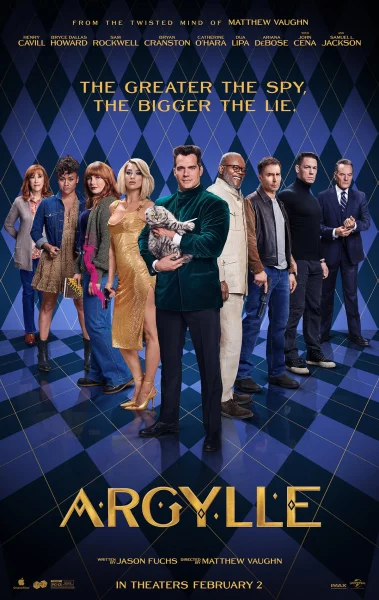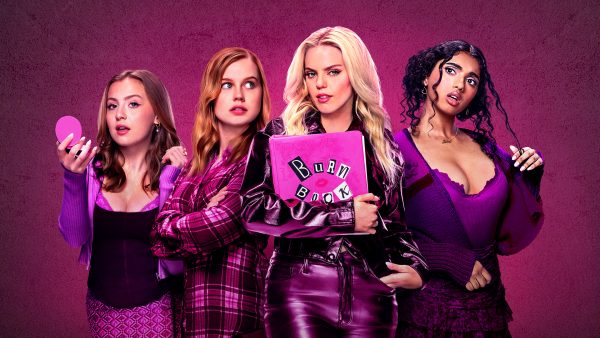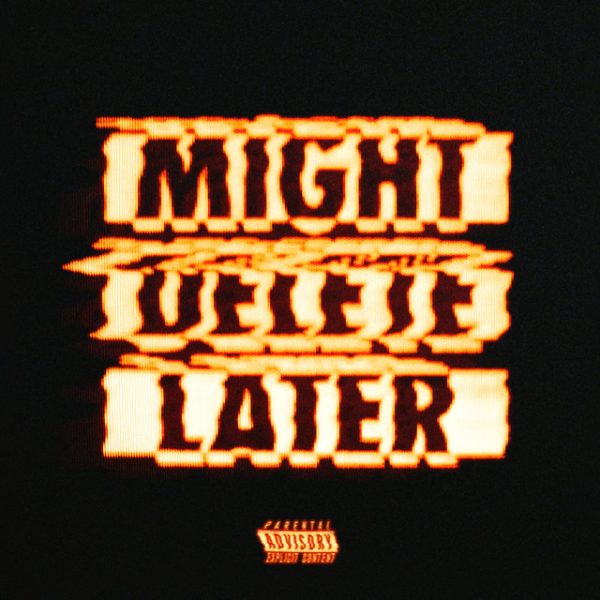The Cloverfield Paraflop
Hype for The Cloverfield Paradox was soon shot down after the film’s release

February 20, 2018
The once promising “Cloverfield” franchise has hit an all-time low with the newest instalment, “The Cloverfield Paradox.” The previous two movies, “Cloverfield” in 2008 and “10 Cloverfield Lane” in 2016 had recieved good reviews, and gained a substantial fan base.
Netflix saw this open opportunity and secretly got the rights to the franchise. During the Super Bowl, Netflix dropped an advertisement out of nowhere for the film. This started the #CloverfieldParadox trend on Twitter, and created a very positive hype for the unexpected Netflix Original.
Immediately after the big game, “The Cloverfield Paradox” was released and was soon after blasted by critics for being a “dull, monstrous mess.”
The film takes place in a near future world where overpopulation has caused an energy crisis, leading to wars. A multi-national team is tasked with testing a space station that will create energy for the entire world called the Shepherd. While they test the Shepherd, a paranoid theorist explains how such tremendous energy will create a rip in the space-time continuum, in turn unleashing monsters and demons from other dimensions.
After the eerie early scenes, the movie fades into a cliché space horror panic and given how crowded that particular subgenre is, “The Cloverfield Paradox” emerges as a pale imitation.
The great cast of the Netflix Original, “The Cloverfield Paradox” cannot make up for the underwhelming sensation that the film created for me.
There are unexplained plot elements, underwritten characters and messy editing choices that will make viewers wonder if they missed something in the blink of an eye. The film uses the mysteries of quantum mechanics as a scape goat for explaining the logic behind some of the scenes. For one of the many examples, Mundy (Chris O’Dowd), got his arm sucked into a wall and when he pulled it out, it was gone. And if that wasn’t weird enough, his arm crawled back to him later to write him a note. The note said to cut open a dead member of their team to find the ships navigation piece.

The characters here never seem like they could exist in a world outside of this space station, all of them barking in tech-speak at each other, rarely acting in what could be classified as normal human behavior. They just merely welcome the fact that they are in another dimension and accept anything that happens as normal.
As the film bumbles from one confusingly mounted scene to the next, disappointment turns to boredom. The plot continuously kills off each character in a more confusing way than the last, until the main character Hamilton, played by Gugu Mbatha-Raw, has a face off with a girl they found stuck in the space craft’s walls, from another dimension.
The ending is then rushed, giving barely any explanation or resolution to the 102 minute film. It ends with a supposed-to-be-spooky line, “This dimension is eating us alive” before a Godzilla-sized monster breaks through the clouds explaining the earlier monster apocalypse themed installments.
The film had a typical space panic theme with poorly used actors that are otherwise outstanding. The plot continuously used the mystery of quantum mechanics as a cop out for explaining what is actually going on. The movie does have some shock value moments, but overall, it doesn’t make you feel anything for the characters.
Even though the movie had a lot going for it, the trend with Netflix seems to be the production of large-budget, low-quality films. The Netflix Original, Bright is another example of a lack-luster block buster that failed to hit its mark. I hope that future Netflix films will reverse their bad habit of making confusing, and downright boring plots.















